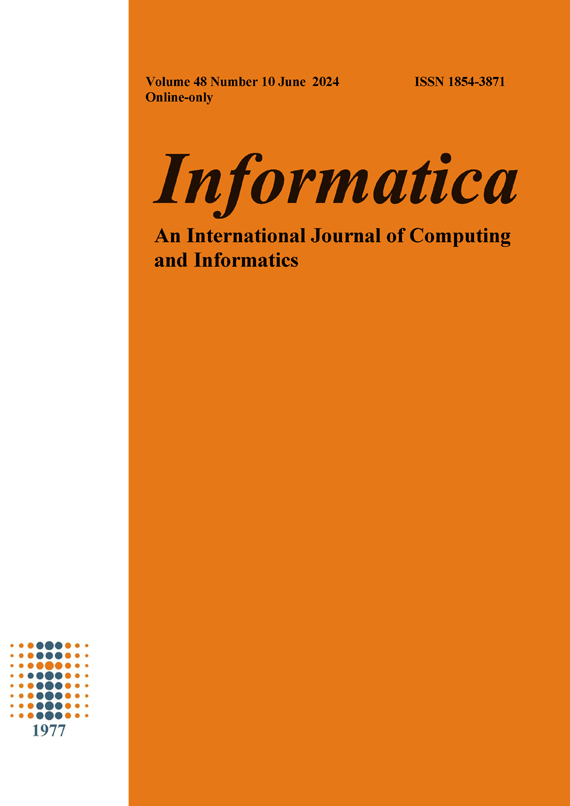Design of Intelligent Construction System for Assembly Building Based on Improved IoT
DOI:
https://doi.org/10.31449/inf.v48i10.5889Abstract
Assembled construction can serve the purpose of saving resources, reducing costs and minimizing the impact on the environment. The construction process is essentially impossible without the support of advanced information technology. The study analyzes the functional requirements of an intelligent construction system for assembly buildings in four stages: design, production, transportation and installation based on the Internet of Things technology in order to realize the collaborative efforts of the stakeholders of assembly buildings. Additionally, by utilizing social network analysis and synergy theory, the study develops a dual-objective optimization model that thoroughly takes into account the synergistic influence between assembly construction services and service quality. The findings indicated that the system combines both efficiency and safety, and the genetic simulated annealing algorithm used to improve the Internet of Things assembly intelligent construction system has a service quality value of 4.52, a synergy value of 5.26, and an objective function value of 4.81, which are greater than that of the genetic algorithm and the simulated annealing algorithm. This intelligent construction system serves as a model for the development of intelligent construction systems for assembly buildings. It enables the realization of process data sharing, enabling data-driven business decision-making, increased productivity, and decreased management costs.Downloads
Published
Issue
Section
License
I assign to Informatica, An International Journal of Computing and Informatics ("Journal") the copyright in the manuscript identified above and any additional material (figures, tables, illustrations, software or other information intended for publication) submitted as part of or as a supplement to the manuscript ("Paper") in all forms and media throughout the world, in all languages, for the full term of copyright, effective when and if the article is accepted for publication. This transfer includes the right to reproduce and/or to distribute the Paper to other journals or digital libraries in electronic and online forms and systems.
I understand that I retain the rights to use the pre-prints, off-prints, accepted manuscript and published journal Paper for personal use, scholarly purposes and internal institutional use.
In certain cases, I can ask for retaining the publishing rights of the Paper. The Journal can permit or deny the request for publishing rights, to which I fully agree.
I declare that the submitted Paper is original, has been written by the stated authors and has not been published elsewhere nor is currently being considered for publication by any other journal and will not be submitted for such review while under review by this Journal. The Paper contains no material that violates proprietary rights of any other person or entity. I have obtained written permission from copyright owners for any excerpts from copyrighted works that are included and have credited the sources in my article. I have informed the co-author(s) of the terms of this publishing agreement.
Copyright © Slovenian Society Informatika








